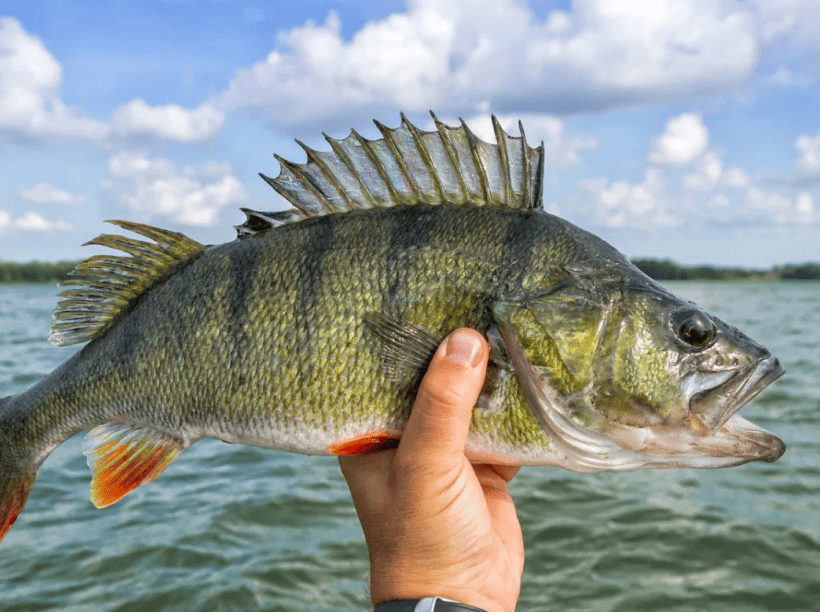Jig and Minnow: Most productive perch technique; 1/8-1/4 oz jig tipped with small minnow (1-2 inches); cast or vertical jig near weed edges, drop-offs, structure; slow lift-drop motion; feel for taps and thumps; set hook on solid take; perch often hit on drop; work area systematically until school located
Spreader Rig Fishing: Traditional perch method; two-hook spreader rig with minnows on each hook; add weight to reach bottom; drift or slow troll over flats and drop-offs; double hookups common; cover water to locate schools; once school found, anchor and fish vertically
Vertical Jigging: Locate schools with electronics; position boat over suspended perch or bottom structure; drop jig or jigging spoon straight down; aggressive jigging motion with pauses; perch respond to flash and vibration; maintain feel for bites; deadly for deep summer and winter perch
Drift Fishing: Let wind push boat over productive areas; drop spreader rigs or jigs to bottom; bouncing presentation as boat drifts; cover large areas to locate schools; use drift sock to control speed; once perch found, anchor and fish area thoroughly
Weed Edge Fishing: Cast small jigs or live bait rigs to weed edges; retrieve slowly maintaining contact with bottom or near weeds; perch cruise edges hunting for prey; systematic coverage of weed line; spring and fall prime periods
Slip Bobber Method: Suspend live bait (minnow, nightcrawler) at specific depth using slip bobber; adjust depth to target zone (often 15-25 feet); watch for bobber dips; perch schools often suspended; excellent technique for finding depth preference
Ice Fishing: Primary winter technique; vertical jigging with small jigs, spoons, or teardrops tipped with wax worms, spikes, or minnow heads; drill multiple holes and move frequently to find schools; use fish finder to locate suspended perch; tip-ups with live minnows also effective; 25-40 feet typical depths
Trolling: Slow trolling (1-2 mph) with small crankbaits or spinner rigs; follow contours along drop-offs and weed edges; effective for covering water and locating schools; once perch found, stop and vertical fish
Point and Hump Fishing: Target underwater points, humps, and islands; perch congregate on these structures; cast jigs or drift spreader rigs over structure; vary depths to find fish; excellent fall pattern
Deep Water Summer Pattern: Use electronics to find schools in 25-40 feet near thermocline; vertical jigging with blade baits, spoons, or jigs; perch suspend off bottom in summer; match depth precisely; once located, fast action
Shore Fishing: Cast jigs with minnows or nightcrawlers from piers, docks, and shorelines; perch come within casting distance particularly in spring and fall; slip bobber rigs effective for depth control; accessible fishing opportunity

